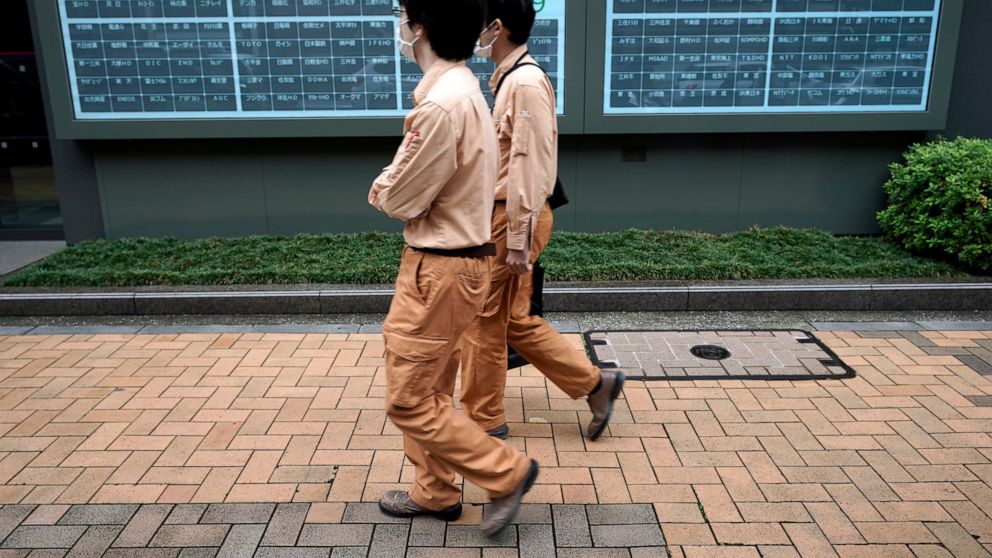Outage freezes Tokyo Stock Exchange, world’s 3rd largest
The Tokyo Stock Exchange has announced it plans to resume normal trading Friday after it halted trading for the entire day due to what officials said was a computer hardware and systems malfunction
TOKYO — Tokyo Stock Exchange plans to resume normal operations Friday after it halted trading for the day due to what they said was a malfunction in its computer systems — the worst such outage ever.
There was no indication that the outage at the world’s third-largest exchange resulted from hacking or other cybersecurity breaches.
“We are extremely sorry for the troubles we have caused,” exchange President and Chief Executive Koichiro Miyahara told reporters late Thursday.
Some time later, the exchange issued a statement saying it would open as usual on Friday. It said it foresaw no problems with resuming trading.
Miyahara and other exchange officials said a computer hardware device they called “machine one” failed and the backup “machine two” didn’t kick in, so stock price information was not being relayed properly.
The officials characterized the problem as a memory malfunction.
They said that rebooting the system during a trading session would have caused confusion for investors and other market participants.
Perplexed passers-by studied quote-less electronic screens in Tokyo’s financial district and newspapers’ evening editions carried listed company’s names, but blank prices.
Brokerages were fielding a flood of calls from frustrated investors.
“There should be a plan ‘B,'” Norihiro Fujito, chief investment strategist at Mitsubishi UFJ Morgan Stanley Securities Co., told broadcaster NHK.
The Japan Exchange Group is the world’s third largest bourse after the New York Stock Exchange and Nasdaq, with market capitalization of nearly $6 trillion.
The outage Thursday also affected other, smaller stock exchanges in Japan.
Foreigners account for about 70% of all brokerage trading in the Tokyo exchange, both in terms of value and volume, so news of the outage left investors both in Japan and overseas wondering what happened.
The malfunction of basic hardware drew attention to vulnerabilities in the country’s digital systems. Newly appointed Prime Minister Yoshihide Suga has made upgrading such infrastructure a priority, viewing it as critical to Japan’s competitiveness.
Previous outages occurred when the huge “Arrowhead” system created by Fujitsu to handle its electronic trading, which officials said involves some 350 servers, became overwhelmed with too many orders at one time.
That’s what happened on Oct. 9, 2018, according to a release on the TSE’s website. But during that disruption, some backup systems for trading continued to function as was the case in earlier outages.
The exchange promised to investigate, conduct malfunction tests and change the system to ensure that a flood of orders would not cause the entire system to stop working. Several top executives of the exchange were penalized.
Despite such occasional disruptions, Miyahara said the motto of the exchange was “never stop.”
Asked about possible losses caused by the outage, he said the exchange was focusing for the time being on fixing the problem.
“I think it is very regrettable that investors are limited in their trading opportunities because they cannot trade on the exchanges,” said Katsunobu Kato, the chief cabinet secretary.
He said the Financial Services Agency had instructed the Japan Exchange Group and Tokyo Stock Exchange to investigate the cause of the outage and fix it.
———
Kurtenbach reported from Mito, Japan.
![]()


